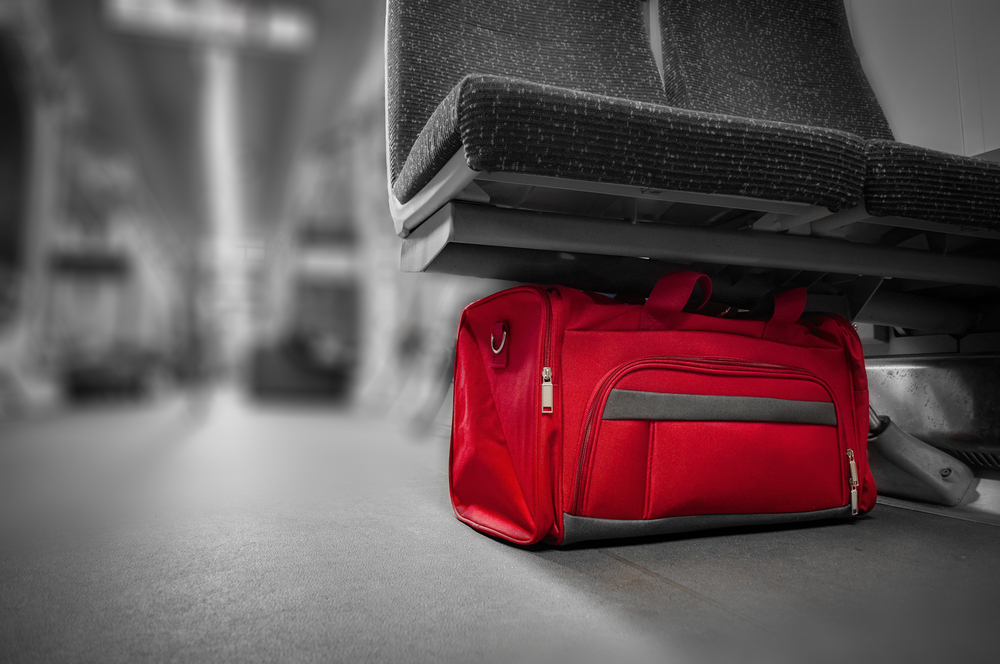
The U.S. Department of Homeland Security (DHS) recently highlighted a four-year Underground Transport Restoration project conducted with the Environmental Protection Agency (EPA) to prepare for and respond to bioterrorism attacks on subway systems.
Conducted by the DHS Science and Technology Directorate (S&T) and the EPA’s Chemical, Biological, Radiological and Nuclear (CBRN) Consequence Management Advisory Division (CMAD), the project aimed to determine how microbes that cause diseases spread through subway systems, and how to best eradicate them.
“The purpose of the project is to help develop the tools and techniques necessary for the rapid return of service to the subway system after it has been contaminated with a biological organism such as Bacillus anthracis (B. anthracis), while reducing the impact on humans and the environment,” Shannon Serre, a chemical engineer and manager of the project at EPA, said.
Lab experiments for the project began in 2013, and three field study events were held in 2015 and 2016. Held and Sandia National Laboratories, the first event involved a subway car wrapped in plastic. Researchers placed samples of non-diseases causing anthrax spores that are used for vaccinations in the car. If researchers can kill these B. anthracis spores, Serre said, they can kill Ebola virus and other pathogens.
“Anthrax bacteria spores are dormant bacteria with a tough coating, which can keep them alive for several decades while enduring unfavorable environmental conditions,” Mike Nalipinski, the associate director at EPA’s CBRN CMAD, said. “In contrast, viruses cannot survive long outside living organisms. “We have successfully applied the anthrax technology that we have developed to Ebola and other pathogens.”
It took more than 36 hours to kill the anthrax spores in the first test. The second field test, led by MIT Lincoln Laboratory, explored how aerosolized bacteria spores could contaminate a subway system. Sugar molecules similar in size to anthrax molecules were released with a nontoxic gas in a functioning New York City Subway. EPA researchers collected more than 8,000 samples, with the results validating and improving previously developed dispersion models used to predict airflow in biological attacks.
The third field test was held in a simulated subway system at Fort A.P. Hill military base in Virginia. Researchers evaluated how various spraying and fogging techniques could be used to apply various disinfectants to treat porous and non-porous materials, identifying specific tactics that would be useful.
“Airport-like security would inhibit the movement in a subway,” Donald Bansleben, a program manager for response and recovery projects at S&T, said. “The subway is like the artery of the city — people going to work, kids going to school, tourists going sightseeing; it is so important to the local, regional and national economies. And yet, it is so easy for someone to walk in and do damage. We must be ready to take action to ensure the safety and resiliency of the nation.”




